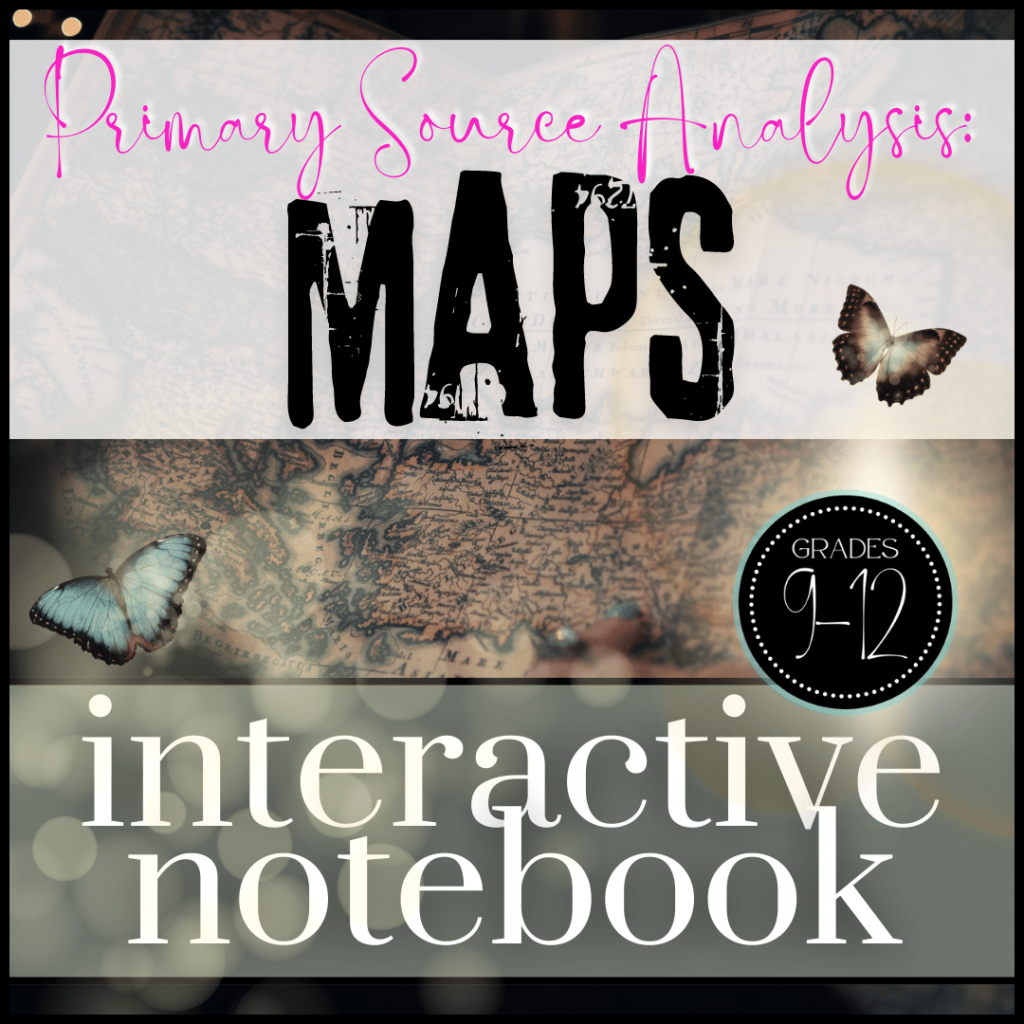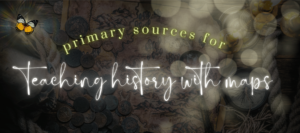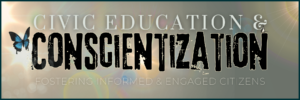Maps are useful teaching tools for understanding the past, present and future because they provide a detailed insight into the physical features of the world while acting as a reflection of the world’s political, social and economic forces. These websites offer a wealth of historical maps that can serve as primary source documents that will enrich your high school social studies curriculum planning and classroom instruction.
Library of Congress Map Collections
The Library of Congress is home to one of the largest and most comprehensive map collections in the world, containing 5.4 million items ranging from ancient maps to modern satellite imagery. It includes a wide variety of geographical materials—ranging from globes and atlases to digital and satellite maps—that document the dynamic history of exploration, colonization, and cartography.
National Geographic Maps
This article from National Geographic provides an overview of the various types of map available, including topographic, physical, political, environmental, and historical maps. Additionally, it discusses the importance of scale in creating accurate maps and includes an introduction to the art of traditional mapmaking and modern digital mapping.
Old Maps Online
Old Maps Online is a collaborative project with contributions from many organizations around the world. This website can help you and your students access and explore historical maps from different libraries and archives all over the world. The project is supported by many organizations, including the National Library of Scotland, the University of Texas, and the Harvard Library, among others. It contains a vast collection of maps from the late Middle Ages to the present, covering many different countries and regions.
British Library Maps
Maps are significant tools for understanding the past, present and future. They not only provide an insight into the physical features of the world, but they also provide an insight into the political, social and economic forces that shape them. This article explores how maps are a reflection of the world and how they can help us to understand the world in a unique way. Key takeaways from the article are
Historic Map Works
Historic Map Works is a collection of digital maps that span hundreds of years from 1500 to the present. The maps feature detailed historical information such as population data, land ownership, geographic features, and more. Users are able to customize their searches depending on location, date, historical event, and other criteria. Additionally, this site provides access to a variety of tools and information for deeper exploration
Harvard Map Collection
The Harvard Map Collection is an expansive set of physical and digital resources that contain a diverse range of maps from different parts of the world. It includes world maps, city plans, atlases, digitized versions of historical cartography, and modern mapping technologies. Some of the notable holdings of the collection include vintage continental maps, a 17th century map of Jerusalem, and regional atlases of Massachusetts. The Collection is housed in the Harvard Library and is available to the public for research and educational purposes.
World Digital Library
The World Digital Library is a global collaboration of the United Nations Educational, Scientific, and Cultural Organization and many partner libraries and institutions. It is a collection of cultural and historical artifacts from all over the world. These artifacts are free, open access, and shared digitally, and are provided as an educational resource to the public and libraries worldwide.
US Census
The U.S. Census Bureau provides a rich compilation of historical maps that cover topics such as territories, boundaries, population, and other categories of maps from different eras.
I think the census people are trying to be directly helpful to teachers here, as it states”we present useful maps to help illustrate census data in your lesson plans”… Its nice to know they recognize our existence.
More information about cartography at the Census Bureau can be found in the Notable Maps, How We Map, and Statistical Atlases sections of this website.
















